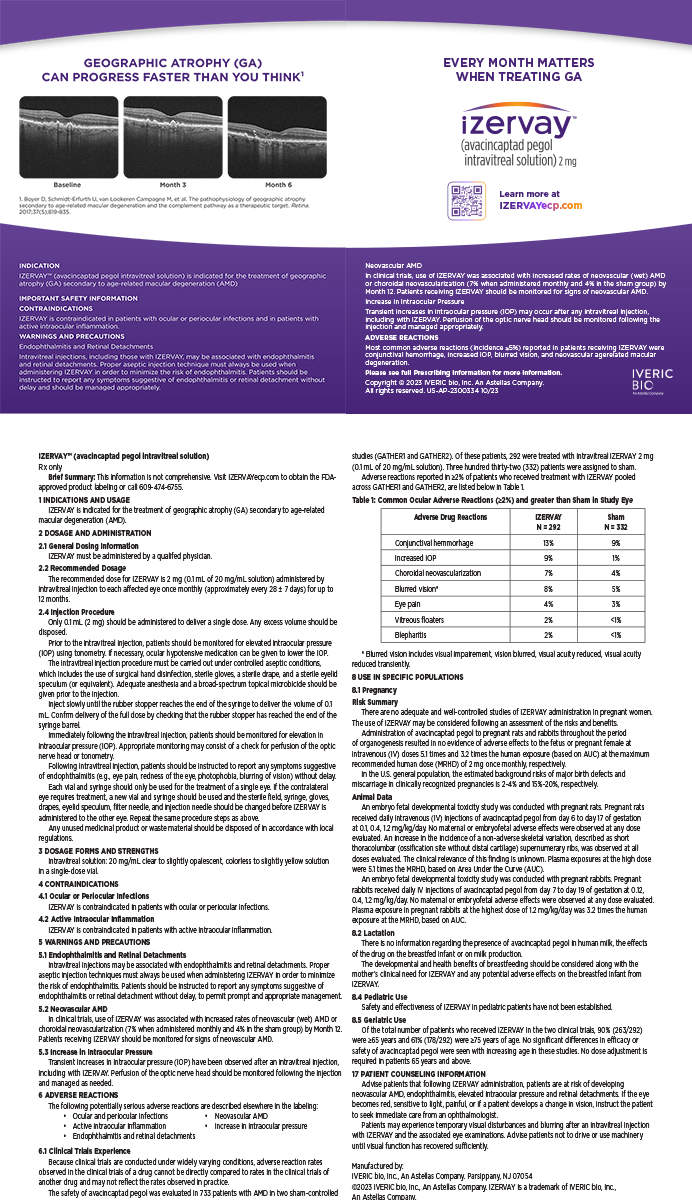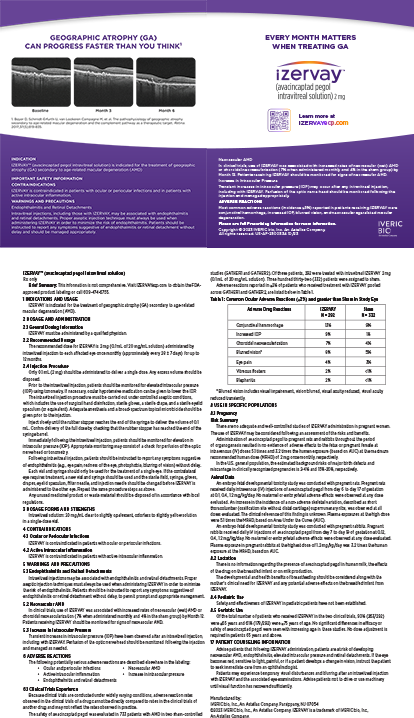When it comes to refractive marketing, LASIK has been the proverbial goose laying the golden eggs. Radial keratotomy got the marketing ball rolling back in the 1980s and gave rise to brief campaigns for now passé acronyms such as LK, ALK, and even LTK.
It wasn't until the early 1990s that rumors of a laser that was able to correct vision truly piqued the public's interest in refractive surgery. By the time PRK was approved in 1995, consumers were not only ready to embrace laser vision correction, they were willing to pay a premium for it. With enhanced visual results and increased surgical fees, it appeared refractive surgeons were headed for a fairytale success story.
Following the FDA's approval of LASIK in the late 1990s, the refractive surgery boom reached its zenith in 1999 and 2000, when peak procedural volumes were reported. The record rise in volumes and surgical fees would have continued had it not been for two separate and distinct events: (1) the introduction of discount LASIK centers and (2) the tragic events of September 11, 2001.
As corporate LASIK centers slashed procedural prices, the public became confused over the great disparity in fees. The focus on pricing eventually diverted the public's interest away from the benefits of LASIK toward finding the lowest price, and conventional LASIK quickly changed from a medical procedure to a retail commodity. Then, as public confusion began lowering surgical volumes, the 9/11 airplane attacks occurred. The ensuing consumer nervousness effectively ended LASIK's initial ride in 2001.
Were it not for the introduction of wavefront-guided excimer laser technology, customized LASIK, and LASIK-enhancing technology such as the Intralase FS Laser (Intralase Corp., Irvine, CA) in 2003, it's doubtful that conventional LASIK would have survived. But since that time, these new modalities have fueled a healthy comeback for refractive surgery. As we near the second half of 2005, fees for customized LASIK have never been higher, and procedural volume is holding steady. Unofficial reports indicate that the word LASIK has a 98% awareness among average consumers older than 21.
ASSESSMENT TIMEThe question of the moment is, “Where do we go from here?” From a marketing standpoint, the answer appears to be, “up!” The benefits of wavefront technology and new wavefront-guided laser platforms continue to be explored and reported, and they paint a promising picture for future LASIK results. Manufacturers such as Visx, Incorporated (Santa Clara, CA), and Alcon Laboratories, Inc. (Fort Worth, TX), continue to expand treatment parameters for hyperopia and mixed astigmatism while also improving outcomes with features such as iris registration and improved eye trackers.
Furthermore, as Intralase proponents diligently educate the public on that technology's safety profile, recent entrants into laser vision correction such as the Allegretto Wave wavefront-optimized excimer laser (Wavelight Laser Technologie AG, Erlangen, Germany) demonstrate impressive results among their users. With market-wide reports of increased safety, enhanced precision, and improved results with various options for laser vision correction, it appears that refractive surgery is setting itself up for another upswing.
CAVEATSThe only thing standing in the way of refractive surgery's resurgence is … us—providers, manufacturers, and marketers. Will the industry self-implode (again) by discounting the technology and services responsible for its very revival? Will surgeons continue to invest in new technology, or will they try to save a buck by offering a lesser-grade product on a more efficient cost-per-procedure basis?
Will manufacturers reduce the financial barriers for many refractive surgeons by making their products and services more affordable? Must every new piece of equipment surgeons buy carry a per-procedure licensing fee? Will laser manufacturers ever sell their products outright, enabling surgeons to invest in additional and promising new technology? I am aware of numerous practices in small to midsized markets that would love to offer their patients access to the latest and greatest refractive technology but simply cannot afford both the price of admission (actual purchase cost) and the club membership fees (per-procedure royalties).
WHAT IS NEEDEDTo continue to grow, the refractive industry needs consistency in safety, precision, and results. It must maintain its pricing integrity for LASIK. Sustaining higher fees increases profit margins … which allows surgeons to invest in new technology … which improves patient outcomes … which increases patient satisfaction … which increases patient referral volume … which effectively promotes the LASIK cycle. If the public is comfortable with and has confidence in LASIK, consumers not only will continue to have the procedure in record numbers but also will refer their friends and loved ones.
FINANCINGThe only way to increase fees and still keep LASIK accessible to the masses is to continue offering affordable financing to patients. In concert with improvements in laser technology and surgical techniques, advancements in patient financing are now putting even the most high-tech laser procedures within the reach of most consumers. With features like preapproval, 24-months-interest-free financing, no money down, and 99% approval ratings now available, consumers can customize their payment options in the same fashion that their surgeons customize their treatment plans.
The mistake most practices make with financing is to look at it as an expense versus an opportunity. Even with higher interest-rate fees for the longer-term options, approving greater numbers of your patients for financing means generating additional revenue that far exceeds the interest rates. Programs like Care-Credit Plus, the industry's first to guarantee financing for virtually every patient, are valuable for bringing in revenue from patients who otherwise could not afford surgery. Practices that successfully qualify a high percentage of patients are those that proactively introduce flexible financing options as part of every LASIK consultation.
MARKETING STRATEGIES TO USE NOWYour LASIK marketing efforts should continue to feature the benefits of wavefront-guided and wavefront-optimized procedures. These advanced technologies are still piquing patients' interest, and their superior results are something all patients want to achieve from a vision correction procedure. Combining the safety, precision, and results of today's advanced customized LASIK procedures with affordable financing remains the most proven marketing message today. Seminars on how to showcase both continue to draw substantial attendance.
Also, those with an Intralase FS laser or Epi-LASIK system should continue to promote these devices' advantages. Above all, remember that fear is second only to financial concerns in terms of peoples' obstacles to undergoing LASIK.
OUTLOOKIn all, the potential market for LASIK continues to look very strong. I have not discussed the impact that the new refractive lens exchange procedures will have on the LASIK industry (and it will no doubt be substantial), but I feel that the two procedures will complement each other. In my last article, I emphasized the need to inform LASIK patients who are in their early 60s about other nonlaser procedures that could help them enjoy a lifetime of optimal vision.
Despite the rising price of oil cutting into consumers' discretionary spending and the potential impact of the new lens implant procedures, the future for LASIK is as bright as ever. With this rosy forecast, some of you may be wondering whether now is the best time to invest in additional technology or a new laser platform. That's a question only you can answer. In the meantime, continue to enjoy the ride.
Michael W. Malley is President and Founder of the Centre for Refractive Marketing (CRM Group), an ophthalmic consulting/advertising agency established in 1988. Mr. Malley may be reached at (713) 839-0202; mike@refractivemarketing.com.
For a downloadable pdf of this article, including Tables and Figures, click here.

